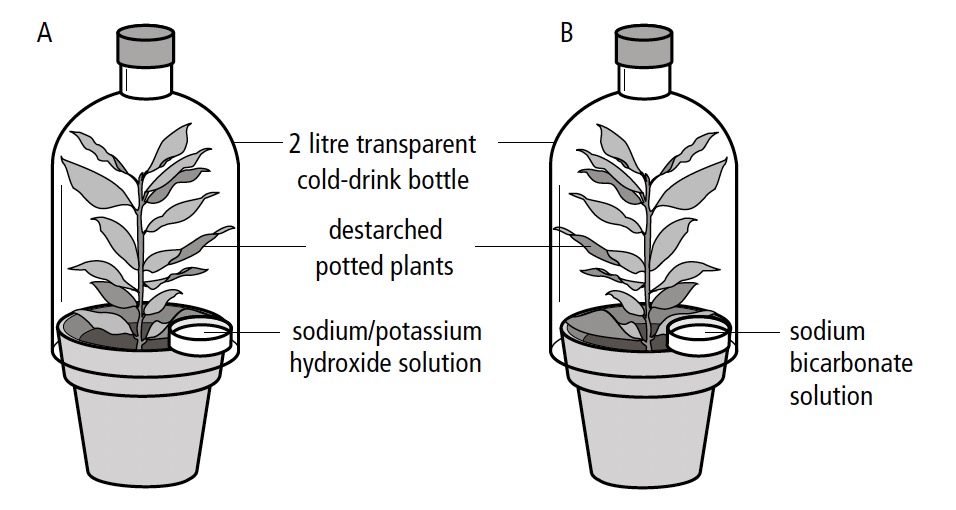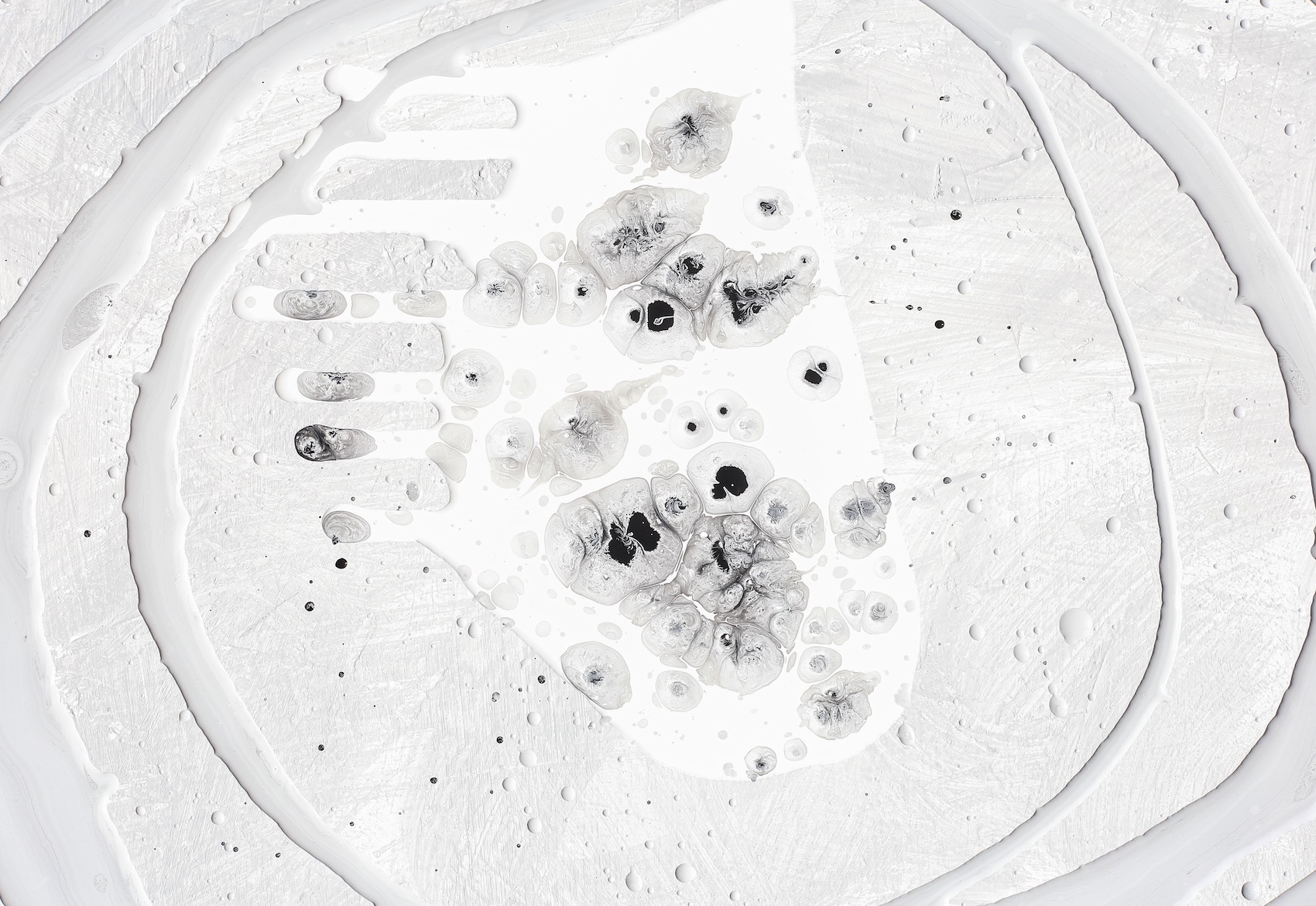Gaseous Exchange – Grade 11 Notes (Term 3) Introduction to Gaseous Exchange Gaseous exchange is the vital process by which oxygen is taken in...
Welcome to our Grade 11 Photosynthesis Questions and Answers page! This resource is designed to enhance your understanding of photosynthesis, a fundamental Life Sciences process crucial for life on Earth. As you delve into this page, you’ll find a series of carefully curated questions and answers that cover all aspects of photosynthesis, from the basic concepts to more complex biochemical mechanisms.
Whether you’re a student seeking to solidify your knowledge for exams or simply curious about how plants convert sunlight into chemical energy, this page will provide you with a comprehensive overview. We’ll explore the roles of light-dependent and light-independent reactions, the importance of chlorophyll, and the environmental factors that influence the rate of photosynthesis. Additionally, we’ll discuss the key enzymes and processes like the Calvin Cycle and electron transport chain that make photosynthesis possible.
Our goal is to make learning about photosynthesis engaging and accessible. Each question is paired with a detailed answer that not only aims to inform but also to clarify and inspire further exploration. Let’s embark on this journey of discovery together, illuminating the vital process that powers the living world around us.
Question 1
The graph below shows the results of an investigation to determine the effects of different light intensities on the rate of photosynthesis of a plant under different temperatures and carbon dioxide concentrations.

Describe the effect of different light intensities on the rate of photosynthesis.
As light intensity increases, the rate of photosynthesis increases until optimum light intensity is reached. At this point the photosynthetic rate is at its maximum. Further increases in light intensity do not bring about any further increases in the rate of photosynthesis.
Suggest a reason for the curve not starting at point zero on the x-axis.
Light is a requirement for photosynthesis, so a certain amount of light must be available to start with. For this plant, it was an arbitrary 5 units.
What external factor was controlling the rate of photosynthesis at each of the points 1, 2 and 3? Give a reason in each case.
1 – Light, because increasing the light intensity increases the rate of photosynthesis.
2 – CO2, because increasing the light intensity has no effect on the rate of photosynthesis unless the concentration of CO2 is raised.
3 – Light, because increasing the light intensity increases the rate of photosynthesis.
What effect does temperature have on the rate of photosynthesis?
Most plants function best at optimum temperatures between 20 °C and 35 °C. As the temperature increases, the rate of photosynthesis increases, except at low levels of CO2. Any further increases in temperature above optimum temperature can cause a drop in the rate of photosynthesis because enzymes become denatured. If the temperature is too low, enzymes are not active.
At what light intensity does the plant reach its optimum rate of photosynthesis under the above conditions?
The optimum rate of photosynthesis is reached at 23 units of light intensity.
Question 2
The diagram below represents a set of apparatus used in an investigation. Answer the questions based on it.

- State one possible hypothesis that is being investigated.
- Suggest one aim of this investigation.
- What is the purpose of having two sets of apparatus, namely A
and B? - Name one factor that is being controlled in this investigation.
- Name one environmental factor that must remain constant in this
investigation. - State the functions of:
- The hydroxide solution
- The bicarbonate solution
- Describe the expected results in the above investigation.
More Questions
Here are five sample questions and answers on the topic of photosynthesis for Grade 11 biology:
Question 1: What is photosynthesis?
Answer: Photosynthesis is a process used by plants, algae, and certain bacteria to convert light energy, usually from the sun, into chemical energy stored in glucose. It occurs mainly in the chloroplasts of plant cells. This process involves the intake of carbon dioxide and water, which, under the influence of sunlight, are transformed into glucose and oxygen. The general equation for photosynthesis is:

Question 2: Explain the role of chlorophyll in photosynthesis.
Answer: Chlorophyll is a green pigment found in the chloroplasts of plants that is essential for photosynthesis. It plays a critical role in absorbing light energy, particularly from the blue and red parts of the light spectrum, and converting it into chemical energy through a series of reactions. Chlorophyll’s ability to absorb light energy initiates the process of converting carbon dioxide and water into glucose and oxygen.
Question 3: Distinguish between the light-dependent and light-independent reactions of photosynthesis.
Answer:
- Light-dependent reactions: These occur in the thylakoid membranes of the chloroplasts and require light to proceed. They use light energy to split water molecules (photolysis), releasing oxygen, and producing ATP and NADPH.
- Light-independent reactions (Calvin Cycle): These occur in the stroma of the chloroplasts and do not require light. They use the ATP and NADPH produced by the light-dependent reactions to convert carbon dioxide into glucose through a cycle of biochemical reactions.
Question 4: What is the significance of the Calvin Cycle?
Answer: The Calvin Cycle, also known as the light-independent reactions or the dark reactions, is significant because it synthesizes glucose from carbon dioxide and water using the energy (in the form of ATP and NADPH) provided by the light-dependent reactions. This process is vital for the production of food (glucose) which is essential not only for the plant itself but also for organisms that rely on plants for energy.
Question 5: Why is photosynthesis considered important for life on Earth?
Answer: Photosynthesis is fundamental to life on Earth for several reasons:
- Oxygen production: It produces oxygen as a byproduct, which is crucial for the survival of most life forms on Earth.
- Basis of food chains: It is the primary source of organic compounds and energy in nearly all ecosystems, serving as the base of the food chain.
- Carbon dioxide removal: It helps regulate atmospheric carbon dioxide levels, contributing to climate regulation and the greenhouse effect.
Certainly! Here are additional questions and answers on photosynthesis that delve deeper into the process and explore its complexities:
Question 6: What are the main products of the light-dependent reactions of photosynthesis?
Answer: The main products of the light-dependent reactions are ATP (adenosine triphosphate), NADPH (nicotinamide adenine dinucleotide phosphate), and oxygen. ATP and NADPH are energy-rich molecules that provide the energy and reducing power, respectively, for the light-independent reactions, while oxygen is released as a byproduct into the atmosphere.
Question 7: Describe the significance of the electron transport chain in the light-dependent reactions.
Answer: The electron transport chain in the light-dependent reactions is crucial for converting the light energy captured by chlorophyll into chemical energy. This chain, which is located in the thylakoid membrane of the chloroplast, transfers electrons from water molecules to NADP+, forming NADPH. This process also creates a proton gradient across the membrane, which drives the synthesis of ATP through chemiosmosis, similar to the process in cellular respiration.
Question 8: What role does the enzyme RuBisCO play in photosynthesis?
Answer: RuBisCO (ribulose-1,5-bisphosphate carboxylase/oxygenase) is an enzyme that plays a pivotal role in the Calvin Cycle, where it catalyzes the first major step of carbon fixation. RuBisCO facilitates the attachment of carbon dioxide to ribulose-1,5-bisphosphate (RuBP), creating two molecules of 3-phosphoglycerate (3-PGA). This reaction is critical as it initiates the process of converting inorganic carbon into organic molecules that can be used by the plant and other organisms.
Question 9: How does the environment influence the rate of photosynthesis?
Answer: Several environmental factors can influence the rate of photosynthesis, including:
- Light intensity: Generally, as light intensity increases, so does the rate of photosynthesis, up to a point where the light saturation point is reached.
- Carbon dioxide concentration: Increased CO2 levels typically enhance the rate of photosynthesis until the plant reaches a saturation point.
- Temperature: Photosynthesis has an optimal temperature range, varying among species. Temperatures too low or too high can reduce the efficiency of the enzymes involved in photosynthesis.
- Water availability: Water stress can decrease the rate of photosynthesis as it is essential for the photolysis step in the light-dependent reactions and for maintaining cell structure and function.
Question 10: Explain the process of photophosphorylation.
Answer: Photophosphorylation is the process of converting light energy into chemical energy in the form of ATP, using an ATP synthase enzyme. This occurs during the light-dependent reactions of photosynthesis. There are two types:
- Cyclic photophosphorylation: Involves electrons cycling back to the photosystem and primarily produces ATP.
- Non-cyclic photophosphorylation: Involves electrons moving from water to NADP+, forming NADPH and ATP and releasing oxygen as a byproduct.
These questions explore various aspects of the photosynthesis process, providing a detailed understanding suitable for advanced study or revision purposes.




